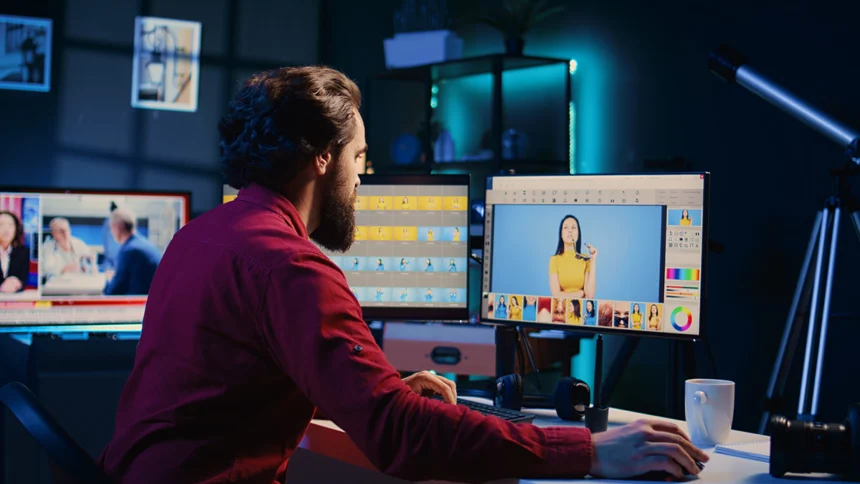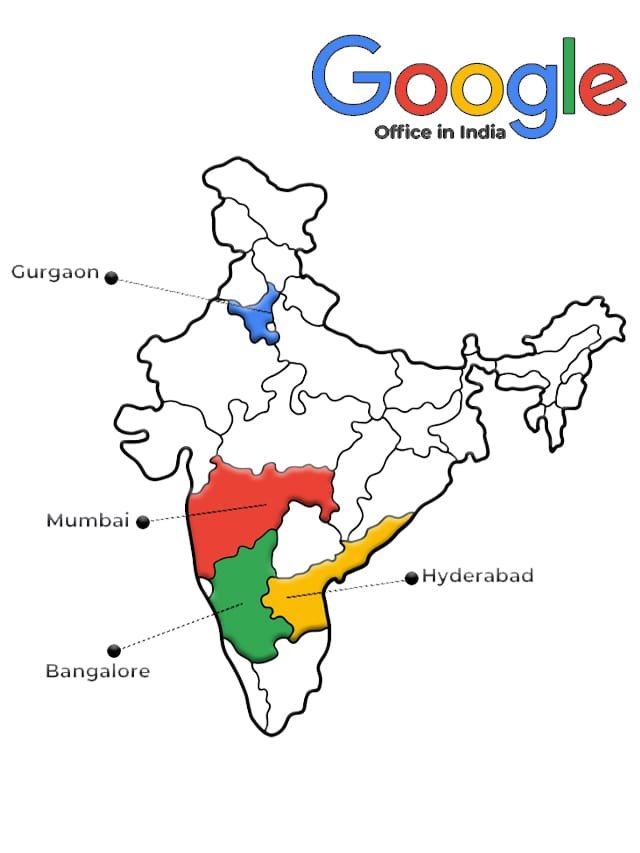Are you passionate about animation and looking to turn your hobby into a fulfilling career? With the industry expanding rapidly, there has never been a better time to jump into this vibrant field. But where do you start? This comprehensive guide will walk you through everything you need to know to land your dream job in animation by 2024.
Why Learn Animation?
Animation is more than just a trendy skill; it’s a gateway to creative expression and a booming job market. Here are several compelling reasons to learn animation:
1. Expression of Creativity
Animation allows you to bring your imaginative ideas to life. You can create unique characters and vivid worlds, expressing yourself through visuals.
2. Narration
Animation serves as an effective storytelling medium. It can effectively convey complex narratives, making it invaluable in video games, advertisements, and short films.
3. Diverse Job Opportunities
The animation industry is growing rapidly, offering various job roles ranging from visual effects artists to character animators.
4. High Demand for Professionals
Animators are in high demand, especially in gaming, film, and television sectors. This trend shows no signs of slowing down.
5. Skill Development
Animation teaches valuable skills, including attention to detail and problem-solving, both of which are transferable to various fields.
6. Personal Fulfillment
Creating animations can be incredibly rewarding. The joy of seeing your creations come to life is a unique satisfaction that few other careers can offer.
9 Steps to Get a Job in Animation
Now that you understand the value of animation, let’s dive into the essential steps to kickstart your career.
Step 1: Obtain the Necessary Educational Credentials
The first step in your animation journey is acquiring the right education. Numerous accredited colleges and online resources offer animation courses, including:
- Certificate Programs: Short courses that introduce fundamental concepts.
- Diploma Programs: More extensive training covering various animation techniques.
- Bachelor’s Degrees: In-depth education that equips you with comprehensive knowledge.
Having a solid educational foundation enhances your employability and skill set.
Step 2: Enhance Your Skills
To succeed as an animator, you need to master a variety of technical skills. Here’s a list of essential animator skills to develop:
| Skill | Description |
|---|---|
| 2D and 3D Animation | Learn to create dynamic images using both two-dimensional and three-dimensional techniques. |
| Character Design | Develop unique characters that fit various animation styles. |
| Storyboarding | Plan scenes effectively using storyboards to enhance visual storytelling. |
| 3D Modeling | Master the art of modeling and rigging characters in animation software. |
| Texturing and Lighting | Incorporate realistic textures and lighting to add depth to your animations. |
| Visual Effects (VFX) | Create special effects that enhance animated scenes and increase their impact. |
Consider enrolling in an animation school or taking online courses to enhance your proficiency.
Step 3: Select Your Area of Expertise
The animation industry is vast, and focusing on a specific area can help you hone your skills. Some popular specialties include:
- 2D Animator: Focus on traditional or digital hand-drawn animations.
- 3D Modeler: Use 3D software to create realistic objects and environments.
- Storyboard Artist: Collaborate with directors to illustrate scripts visually.
- Character Animator: Infuse life and personality into animated characters.
- Visual Effects (VFX) Artist: Combine animation with real-world footage to create captivating visuals.
Choosing a specialty helps you target your job search and develop expertise in that area.
Step 4: Build a Robust Portfolio
A strong portfolio is crucial when applying for animation jobs. It should showcase your best work, including:
- Storyboards
- 3D Animations
- Character Designs
Organize your portfolio neatly to highlight your technical skills and creativity. Including personal projects, freelance work, and class assignments can also demonstrate your growth and adaptability.
Step 5: Gain Experience
Experience is invaluable in the animation field. Seek internships or volunteer opportunities to gain hands-on experience and practical knowledge. This real-world exposure allows you to:
- Learn industry-standard tools and techniques.
- Network with industry professionals.
- Strengthen your portfolio with tangible projects.
Internships can set you apart from other candidates by showing that you have applied your skills in a professional setting.
Step 6: Make Industry Networks
Networking is vital in the animation industry. Connecting with professionals can open doors to job opportunities and mentorship. Here’s how to build your network:
- Attend animation expos and film festivals.
- Join online forums and communities related to animation.
- Engage with industry professionals on social media platforms like LinkedIn and Twitter.
Building relationships within the industry can provide insights into job openings that aren’t publicly advertised.
Step 7: Search for Employment Opportunities
Now that you have the skills and portfolio, it’s time to look for job opportunities. Here are some resources to help you in your job search:
- Job Portals: Websites like Internshala, Indeed, and Glassdoor often list animation job openings.
- Company Websites: Check the careers sections of well-known studios like Pixar and DreamWorks.
- Social Media: Follow animation professionals and studios on platforms like Instagram for job listings.
- Freelancer Platforms: Websites like Upwork and Fiverr offer opportunities for freelance animation work.
Step 8: Prepare for Interviews
Being prepared for interviews is crucial to securing a job. Employers will look for creativity, technical skills, and teamwork abilities. To excel in interviews:
- Practice your responses to common animation interview questions.
- Research the company and its projects to discuss intelligently.
- Prepare a few insightful questions to ask the interviewer.
This preparation will help you articulate your experience and demonstrate your enthusiasm for the role.
Step 9: Stay Updated on Market Trends
The animation industry is constantly evolving. Staying current with trends and technologies can give you a competitive edge. Here are some tips:
- Attend workshops and webinars.
- Follow industry news and blogs.
- Experiment with new software and techniques.
Continual learning can enhance your skill set and keep you relevant in the field.
READ MORE : Create a Winning Resume with No Experience in 2024
FAQs
What skills do I need to get a job in animation?
To get a job in animation, you need a strong foundation in art and design. Proficiency in animation software like Adobe After Effects or Autodesk Maya is essential. Additionally, understanding storytelling and character development is crucial for success.
Conclusion
Embarking on a career in animation can be both exciting and rewarding. By following the steps outlined in this guide, you’ll be well on your way to securing a job in this dynamic field. Remember, patience and perseverance are key. Embrace your creativity, stay updated with industry trends, and don’t hesitate to network with professionals.
Thank you for reading! For more updates on courses, jobs, and internships, join CourseBhai through our social media channels, push notifications, and newsletters. Your journey into the world of animation begins now











